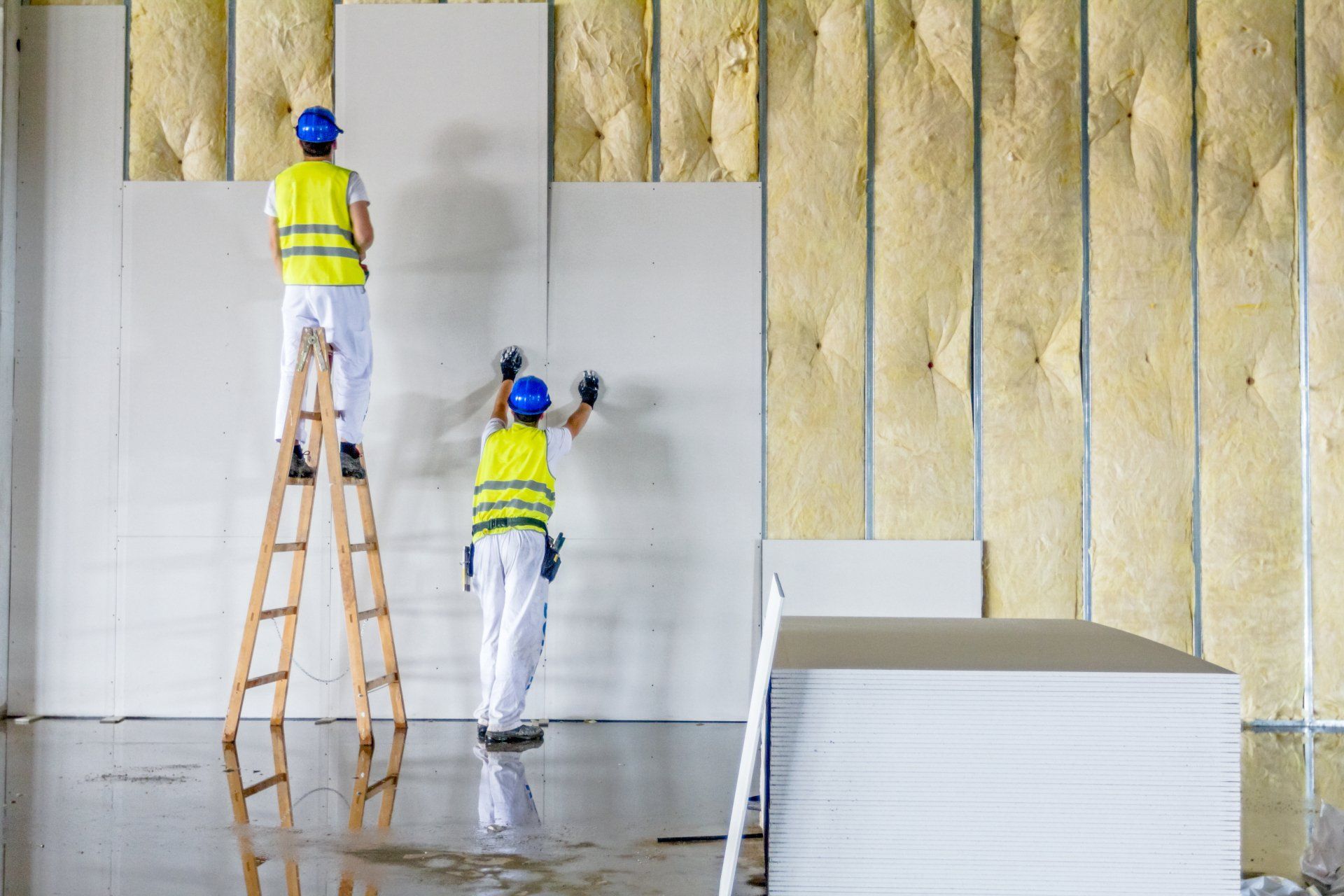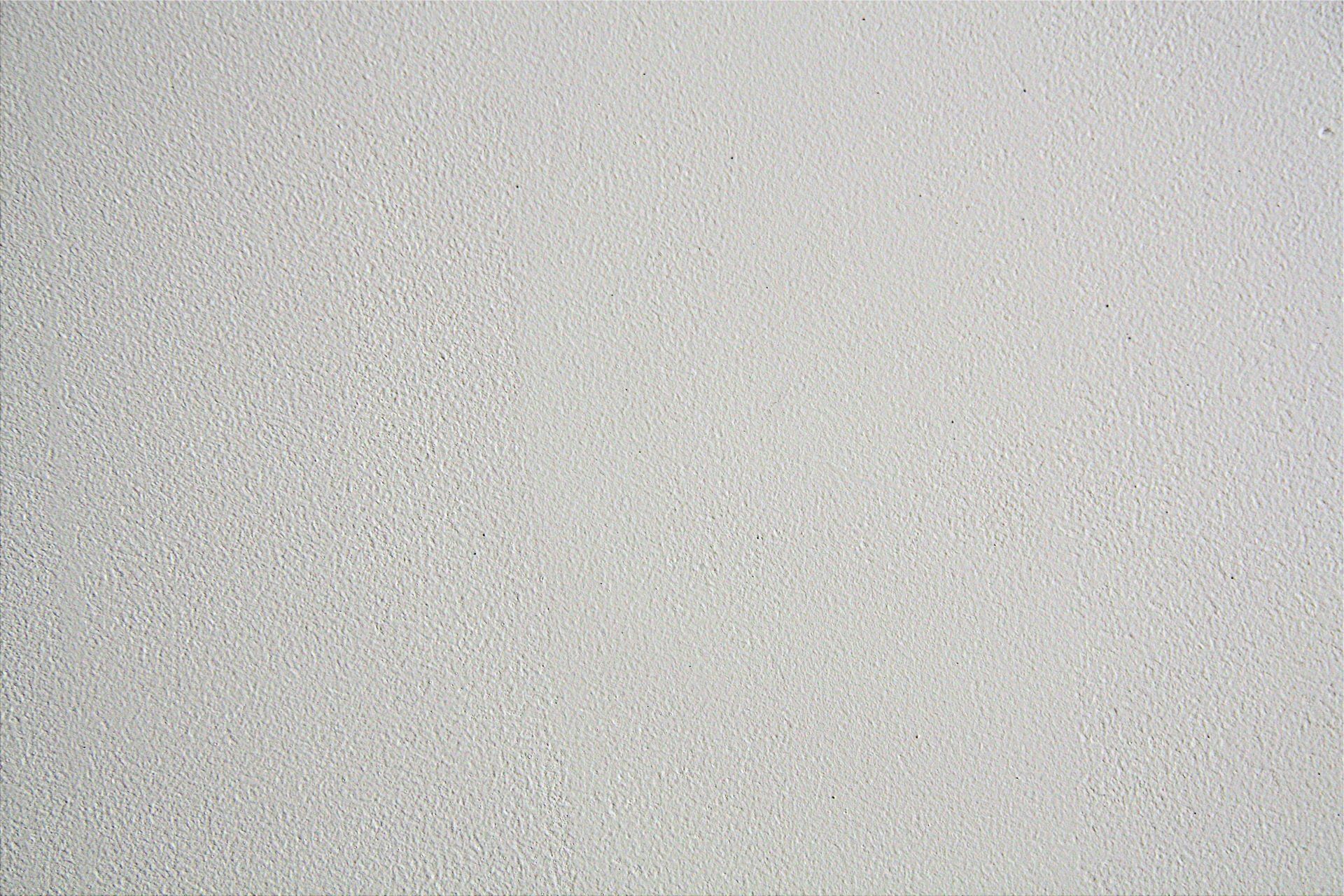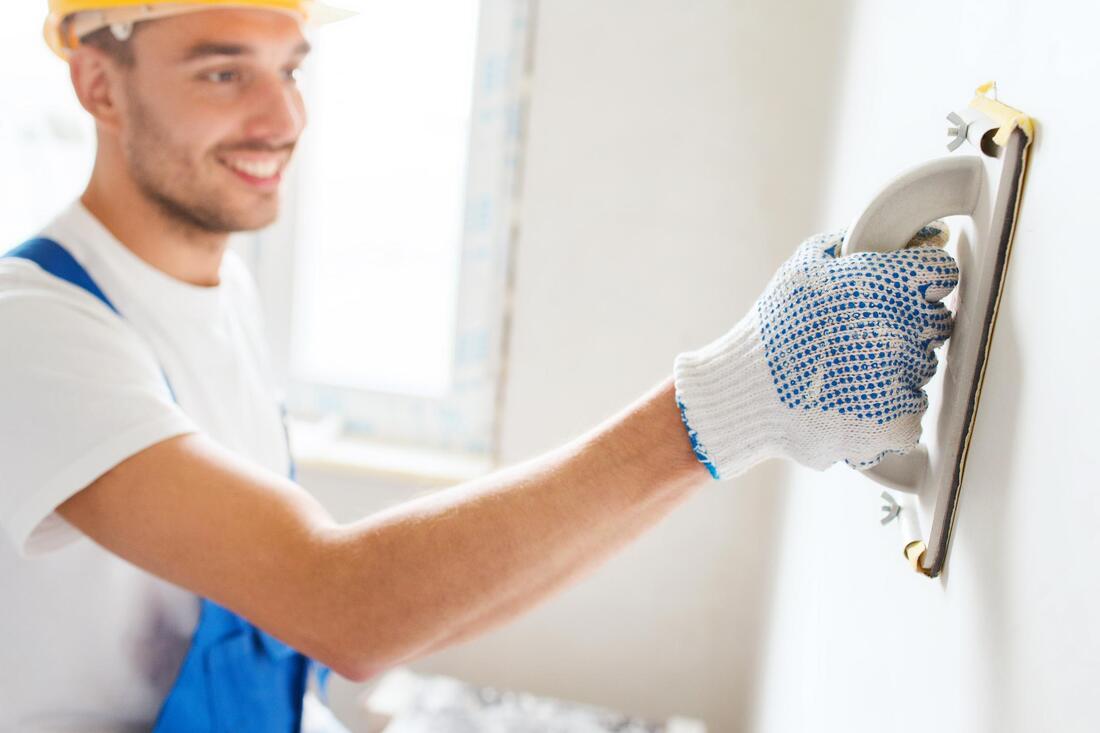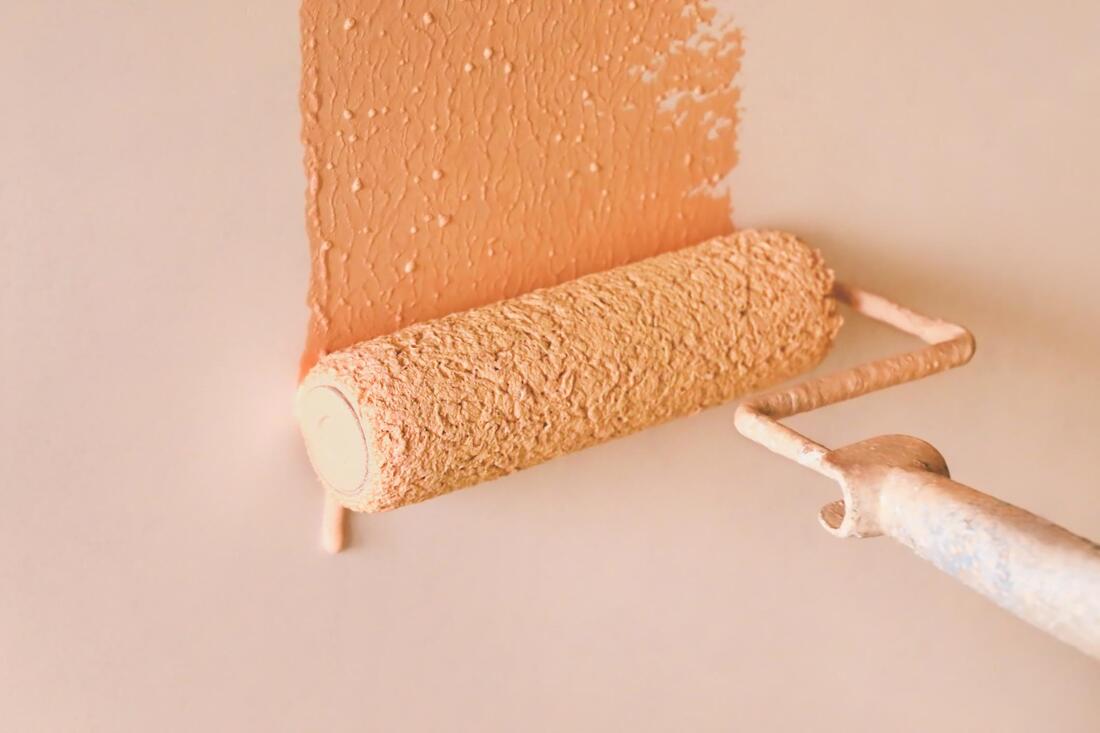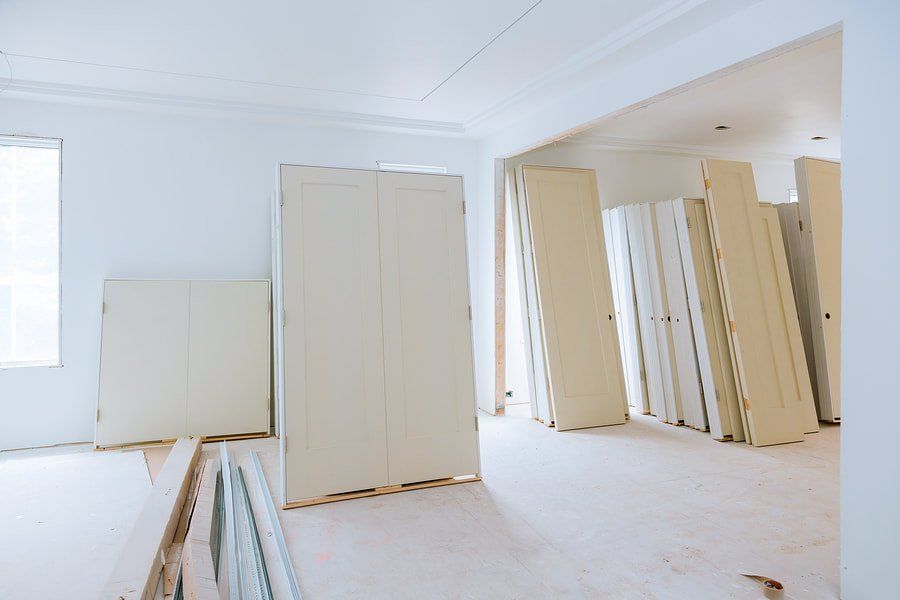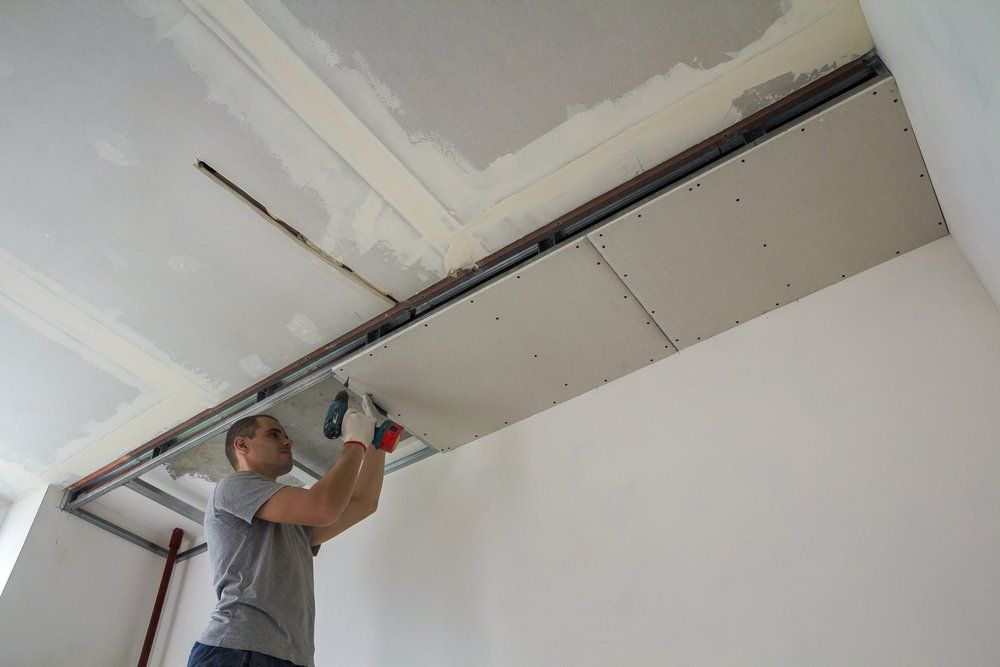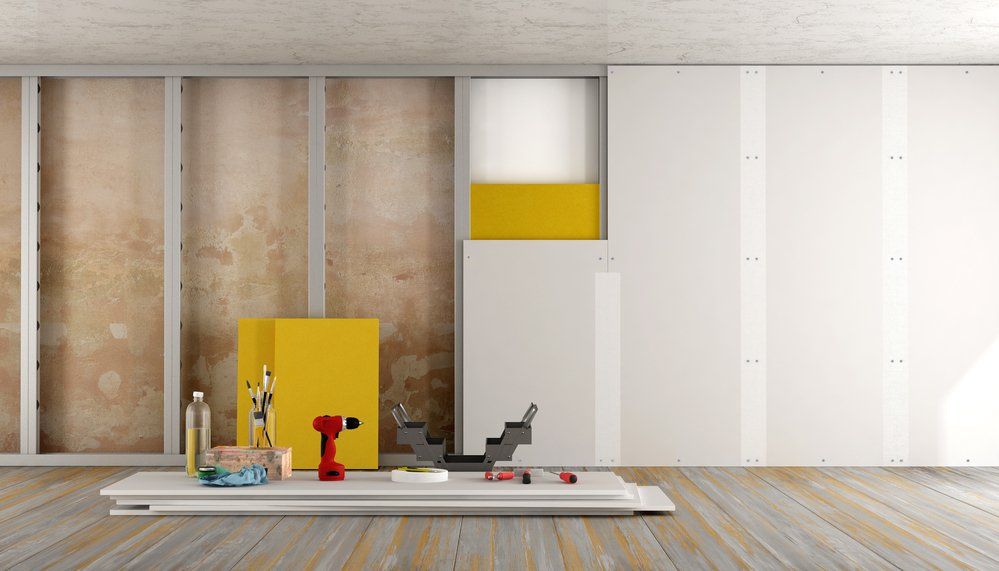A Step By Step Guide of Drywall Finish Levels
A Step By Step Guide of Drywall Finish Levels
There are 6 drywall finish levels. In this article, we explain each. But first, a little introduction so you know what we are talking about.
People get a drywall installation and finishing for one reason. And that is to get a smooth, uniform surface. But drywall installation is a service that depends on several factors like where in the house or building you are working on. Some finishes are only useful, while others are expensive and pretty.
For instance, many drywall contractors in Orange County only finish the walls of attached garages enough to meet the fire rating that building codes require. On the other end of the spectrum is a wall in the dining room that will get painted glossy. And this, in turn, will get lit by close-by ceiling canisters that cast light across the wall at a shallow angle. Under proper illumination, even a small flaw will stand out. So it is not always about achieving smoothness. It has to be utilitarian too.
You must finish your drywall with its end purpose in mind. If you don't, you might waste resources trying to make a surface too smooth. Or you might be unhappy with the result if you don't put enough work into the project. If you are going to hire
drywall contractors in Orange County, it's especially important to know about the different levels of finish.
Level 0
In Level 0 jobs, the idea is that no one but the construction crew will see the work. There's no need for tape, finishing coats of mud, or corner beads. If a Level 0 standard is what you need, it's usually because the set-up is temporary. Or because the architect or specifier hasn't decided how the job should look yet. So this is the most basic and unfinished level of drywall finish.
Level 1
Drywall contractors use level 1 in attics, garages, and other places that are not open to the public. Tape gets mixed into the joint compound for drywall joints and angles, but the compound doesn't cover the screws. Even if some boards have tool marks and ridges, drywall companies can install accessories in corridors and other high-traffic areas.
Level 2
At this level, again, all drywall joints and interior angles are taped. The tape gets embedded in the compound instead of just being set. Also, the joints and angles are wiped with a joint knife to leave a thin layer of compound. Moreso, all of the heads of the nails, screws, and other fasteners, as well as all of the beads, are covered with one coat of compound.
Tape is mixed into the joint compound and put on the inside angles and joints. The excess joint compound gets removed right away, leaving a thin coating over the angles and joints. Level 2 walls are usually for garages, warehouses, and other places where the look of the wall is not as important. You also get to use them when you use a water-resistant board as a tile substrate.
Level 3
As with level 2, level 3 finishes involve putting tape in the joint compound and wiping it off to leave a thin coat over the inside angles and joints. The difference here is that there is an extra layer of joint compound on the joints and inside angles, while there are two layers of joint compound on the fasteners and accessories.
There are no ridges and marks from tools here. When the surface is ready, the contractor puts a drywall primer on it before the final paint job.
Level 3 drywall finish is what you'd use when the last step is to add heavy wall decorations or drywall textures. It's not the kind of finish you'd want for casual flat painting or light wallcoverings in your home.
Level 4
Here, too, the first steps are done again. In other words, the tape gets put into the joint compound at the joints and inside angles, and then the area must be wiped until there is nothing but a thin layer over them.
Now, the difference is that the drywall contractor will put two coats of joint compound over the flat joints and one coat over the inside angles. Then they will put three coats of joint compound over the accessories and fasteners.
The contractor will smooth out all of the joint compounds will be smoothed out so that there are no ridges or tool marks. Finally, the contractor will put a primer on the surface before decorating it the way you want. This is the best drywall finish level for light residential wallcoverings, light textures, and flat paints. So, all joints and fasteners must be well hidden, so they don't show through the paint or wallcoverings.
Level 5
With a Level 5 finish, the goal is to get a perfectly flat surface. This is the highest grade of drywall finish, which makes sure that everything looks the same and hides any flaws. Tape still gets stuck in the joint compound on the interior angles and joints, but it quickly gets wiped away to leave a thin coat.
Then, the contractor puts two separate coats of joint compound on the flat joints, and one coat is allowed on the interior angles. For better results, the fasteners and other parts get covered with three coatings.
Last, a skim coat of joint compound is put on the whole surface to finish. This makes sure that the surface is smooth and that any flaws are covered well. There are no tool marks or ridges, so that makes sense.
At a Level 5 finish, the drywall has a perfectly smooth, uniform surface that looks great under strong lighting, harsh shadows, or high-gloss paint. And your fasteners rarely show through the paint. It's the best way to finish drywall.
There you have it! With this information, you know what you need and how to achieve it. But if you need more to decide what finish is best for you, here’s all you need to know about the
several drywall options you have.
Now, these levels of drywall finishing have been the industry standard for three decades. Of course, the higher the quality of the drywall finish, the better. Remember that level 5 paint is required for flat paint but not for texturized painting. Therefore, it's not necessary if you're painting commercially. Please let us know if you have any questions. OC Drywall Repair is always ready to help with your drywall installation and
drywall repair in Orange County. Get a quote from us today!
